كرسي دراسة مع طاولة جانبية School chair
- Introduction to Ergonomic Design
- Importance of ergonomic design in task chairs.
- Promoting proper posture and support.
- Adjustability Options
- Customizing the chair to specific needs.
- Importance of adjustable features.
- Comfort Features
- Padded seat cushions, contoured backrests.
- Impact on productivity and comfort.
- Lumbar Support
- Maintaining spine health.
- Adjustable lumbar support mechanisms.
- Seat Size and Depth
- Accommodating body size and proportions.
- Role of adjustable seat depth.
- Mobility and Stability
- Smooth-rolling casters and stable base.
- Importance for dynamic work environments.
- Durability and Quality
- Materials and construction.
- Longevity and warranty considerations.
- Aesthetic Appeal
- Complementing workspace design.
- Factors to consider in aesthetics.
- Budget Considerations
- Setting a realistic budget.
- Balancing cost with features and quality.
- User Feedback and Reviews
- Importance of researching user experiences.
- Factors to consider in reviews.
The Importance of Ergonomic Design كرسي دراسة مع طاولة جانبية School chair
In today’s modern workplaces, where long hours are spent sitting at desks, investing in an ergonomic task chair is paramount. These chairs are designed to support the natural curvature of the spine, thereby reducing the risk of musculoskeletal disorders and improving overall comfort and productivity.
Adjustability Options
One of the key features to look for in a task chair is its adjustability. Adjustable seat height, seat depth, backrest angle, and armrest position ensure that the chair can be tailored to fit the unique needs and preferences of each individual user.
Comfort Features
Comfort is essential for maintaining focus and productivity throughout the workday. Task chairs with padded seat cushions, contoured backrests, and breathable upholstery materials provide the necessary support and cushioning while promoting airflow and temperature regulation.
Lumbar Support كرسي دراسة مع طاولة جانبية School chair
Proper lumbar support is crucial for preventing lower back pain and discomfort. Task chairs with built-in lumbar support mechanisms allow users to customize the level of support to their comfort preferences, ensuring optimal spinal alignment.
Seat Size and Depth
An appropriately sized seat and seat depth are essential for ensuring comfort and proper circulation. Adjustable seat depth allows users to position the seat pan to support the length of their legs, promoting comfort and reducing the risk of discomfort.
Mobility and Stability
In dynamic work environments where movement is frequent, mobility and stability are key considerations. Chairs with smooth-rolling casters and stable bases allow for easy movement across different floor surfaces while preventing tipping or wobbling during use.
Durability and Quality
Investing in a high-quality task chair made from durable materials ensures long-lasting performance and reliability. Sturdy frames, high-quality upholstery fabrics, and durable components contribute to the overall durability of the chair.
Aesthetic Appeal
The aesthetic appeal of a task chair plays a significant role in enhancing the overall workspace environment. Choosing a chair that complements the design and decor of the workspace adds to its visual appeal and creates a cohesive look.
Budget Considerations
While budget is an important consideration, it’s essential to prioritize quality and features when selecting a task chair. Investing in a high-quality, ergonomic chair is an investment in health, productivity, and overall well-being.
User Feedback and Reviews
Before making a purchase decision, it’s advisable to research user feedback and reviews online. Paying attention to experiences shared by other users helps in selecting a chair that meets expectations in terms of comfort, durability, and performance.
Conclusion
Choosing the right task chair involves considering various factors such as ergonomic design, adjustability options, comfort features, lumbar support, seat size, mobility, durability, aesthetic appeal, budget, and user feedback. By prioritizing these factors and following this comprehensive buyer’s guide, individuals can confidently select a task chair that provides optimal support, comfort, and functionality for their workspace.
FAQs:
- Q: How do I know if a task chair is ergonomic?
- A: Look for features such as adjustable seat height, lumbar support, and backrest tilt, which promote proper posture and support.
- Q: What are some budget-friendly options for task chairs?
- A: Consider chairs made from durable materials with basic ergonomic features, which offer good value for money.
- Q: Can I customize the color and upholstery of my task chair?
- A: Many manufacturers offer a range of color and upholstery options to suit individual preferences and workspace aesthetics.
- Q: Are there any specific maintenance tips for prolonging the life of a task chair?
- A: Regular cleaning and occasional lubrication of moving parts can help maintain the functionality and appearance of a task chair.
- Q: How long can I expect a high-quality task chair to last?
- A: With proper care and maintenance, a high-quality task chair can last for many years, making it a worthwhile investment in the long run.
- كرسي دراسة مع طاولة جانبية School chair


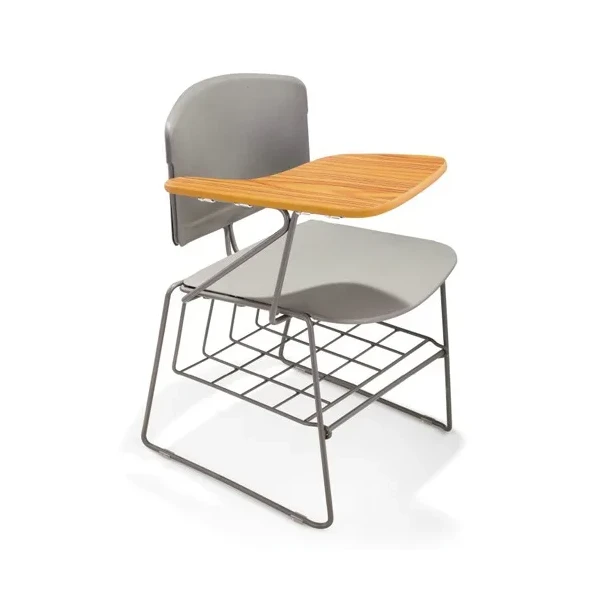
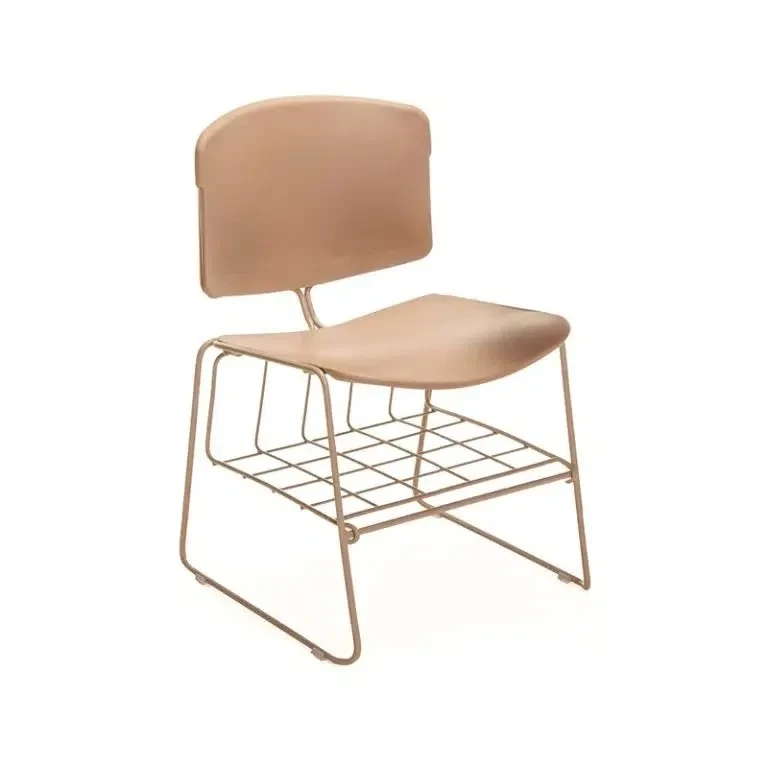


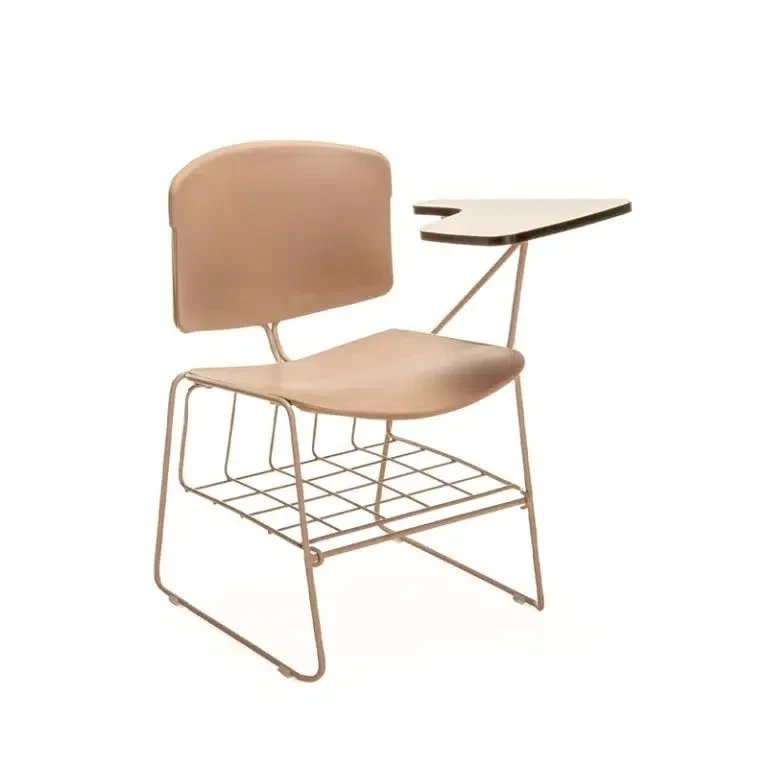
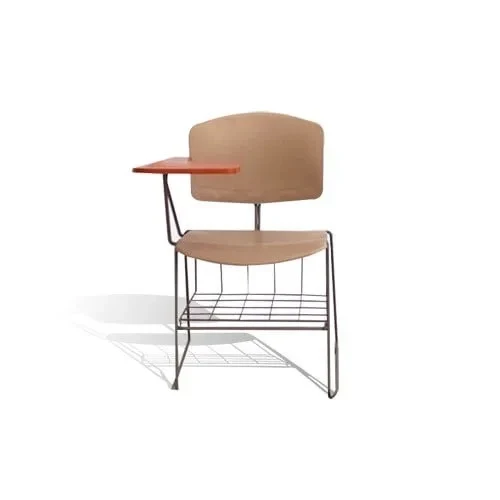
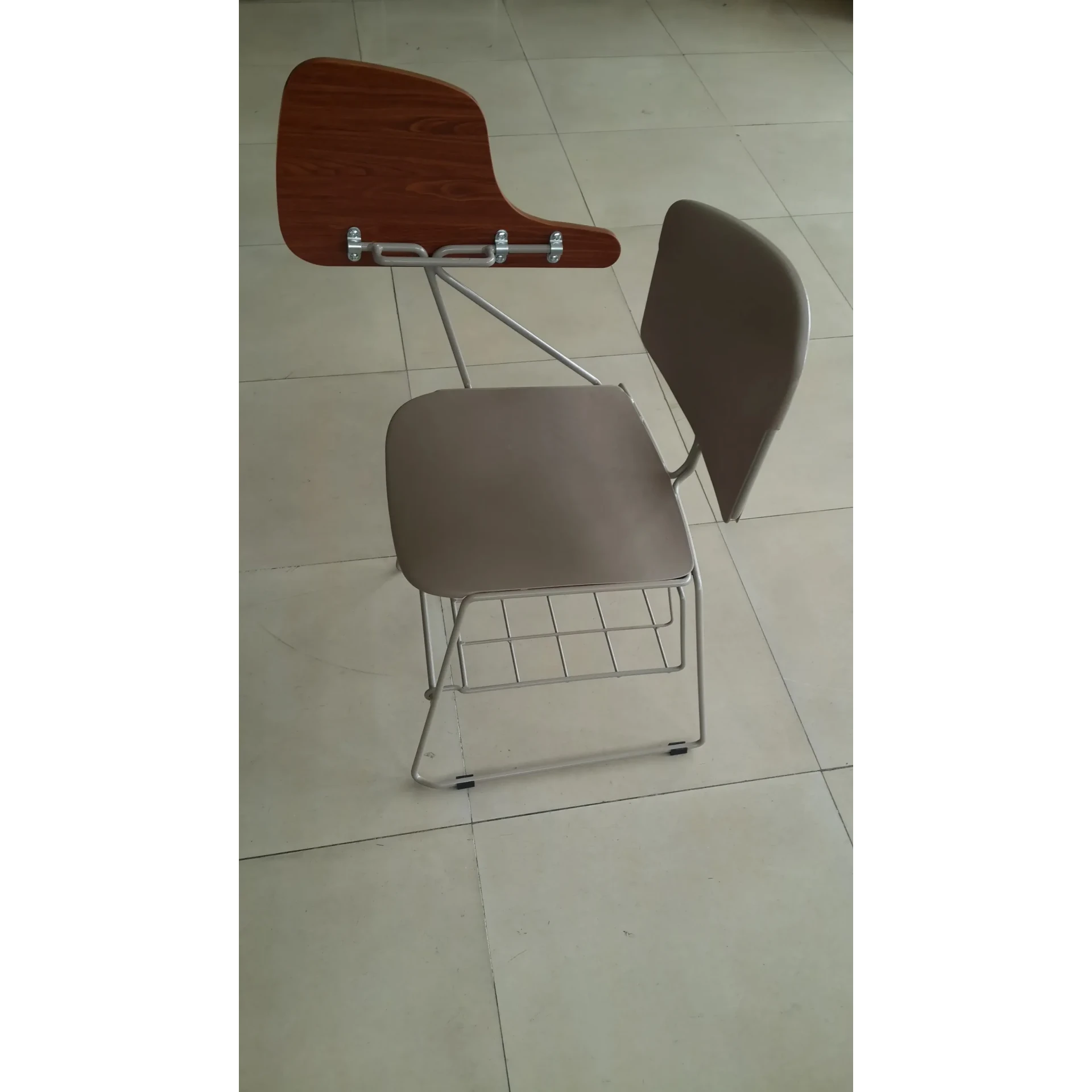
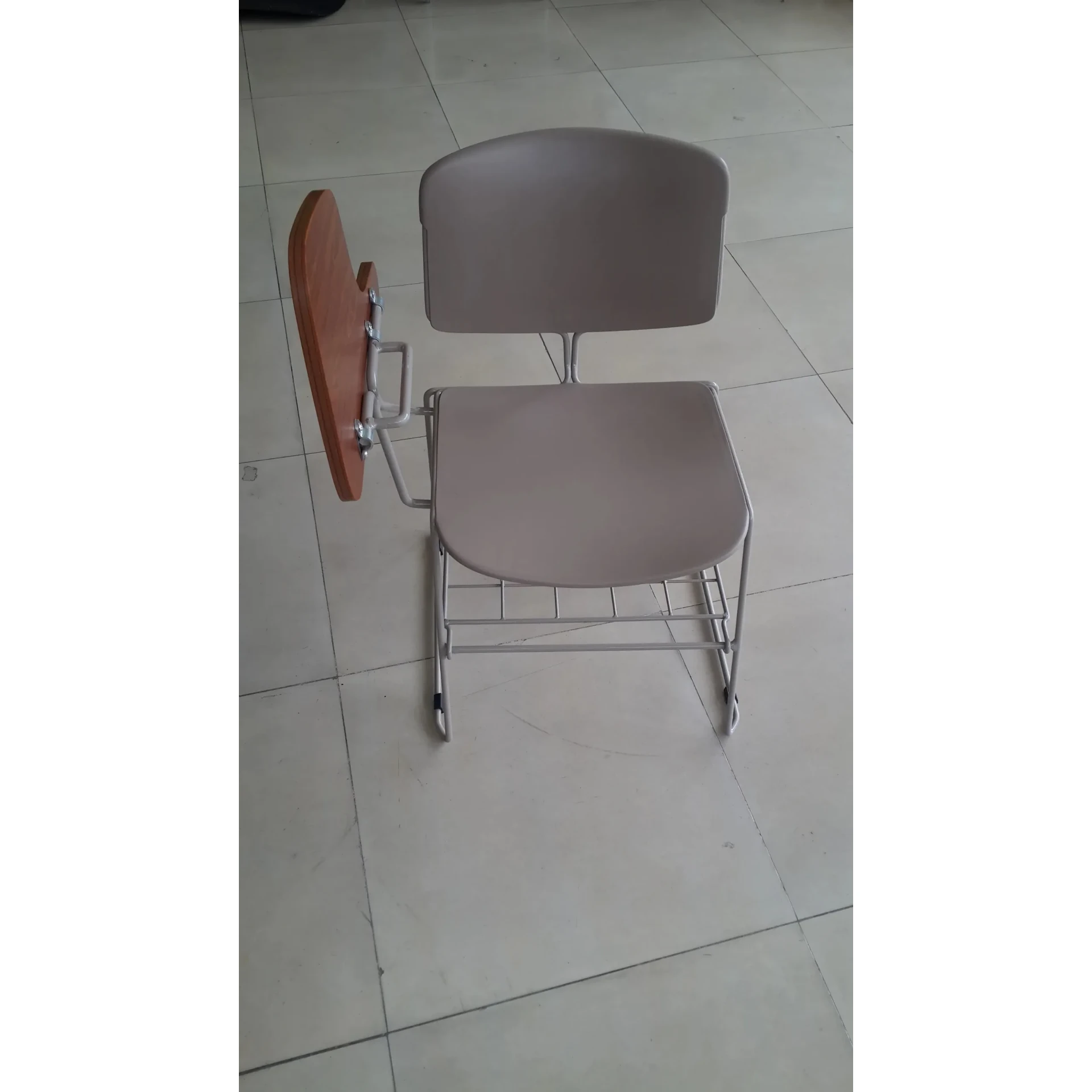
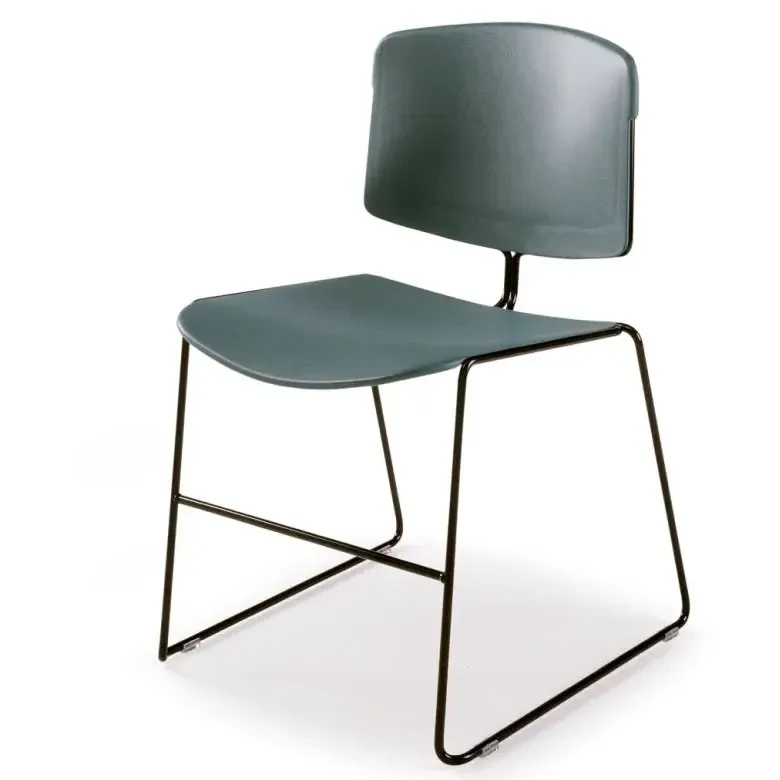
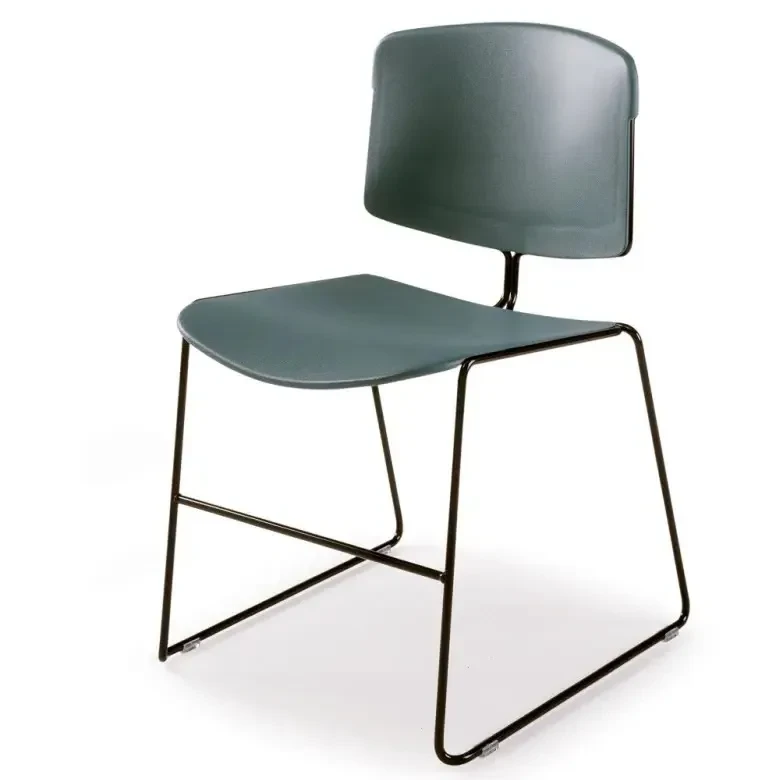
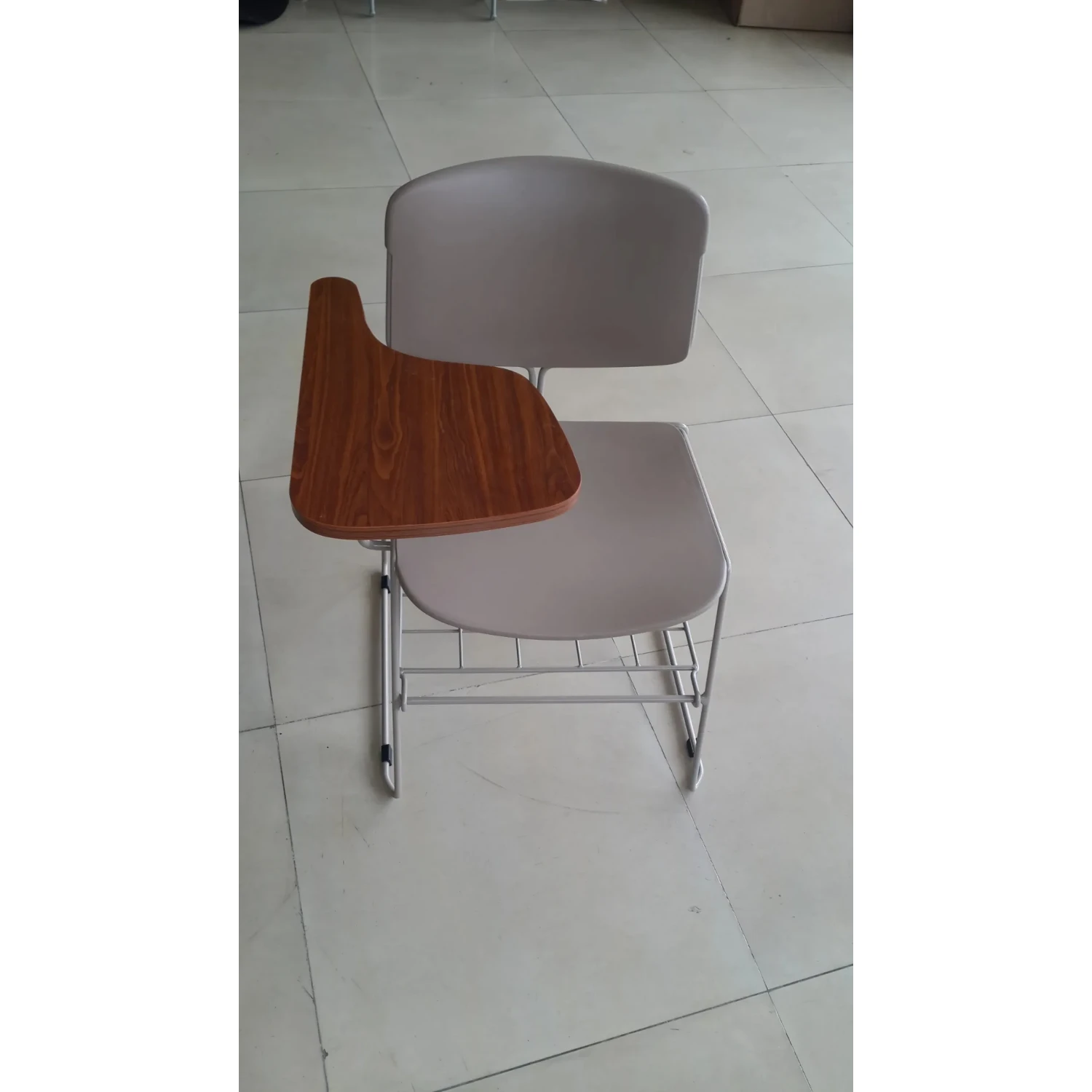
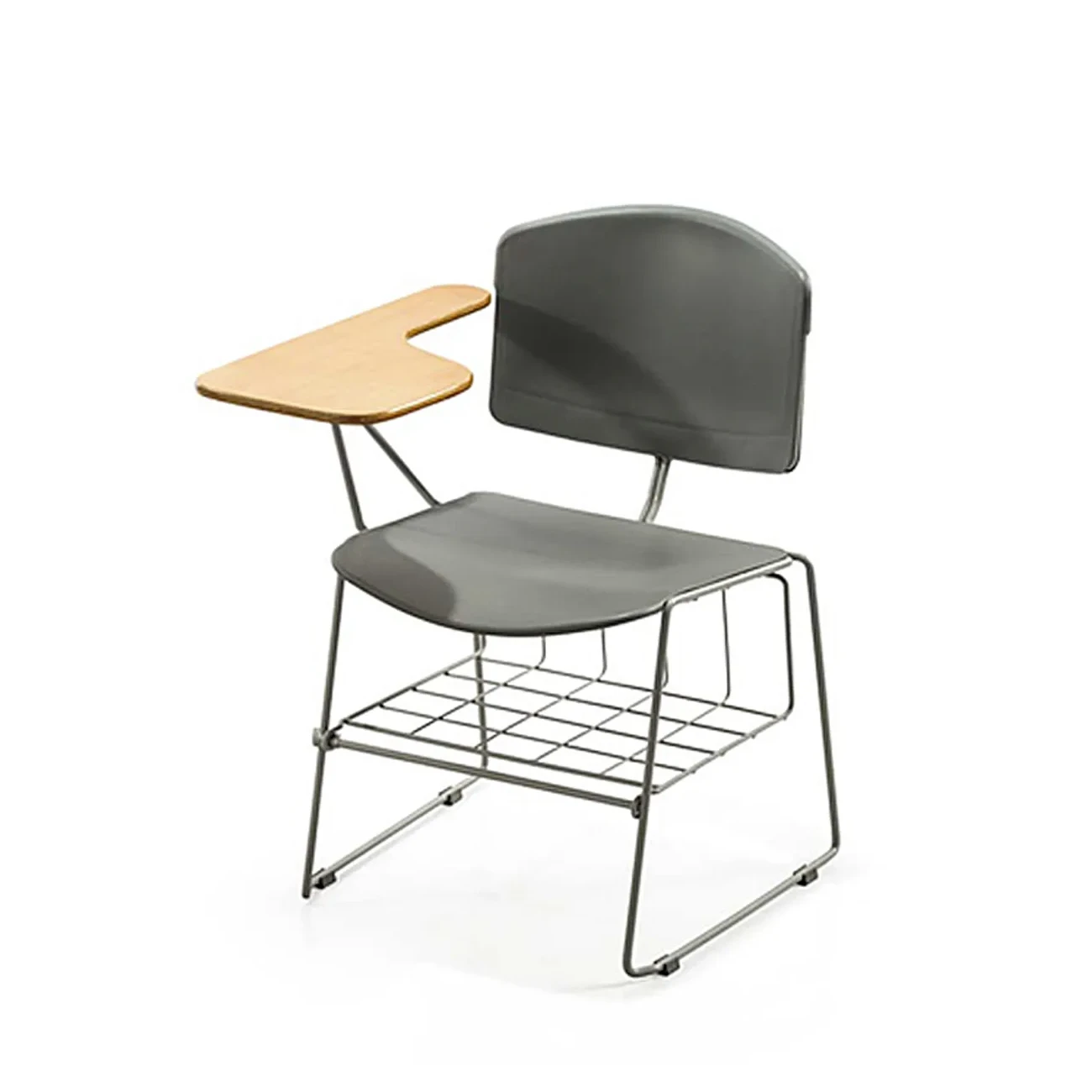
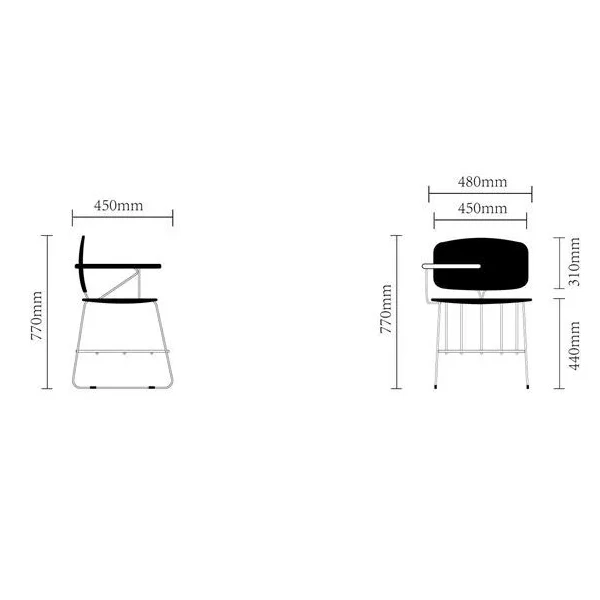
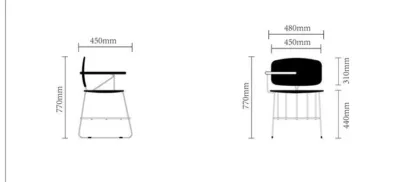
Reviews
There are no reviews yet.